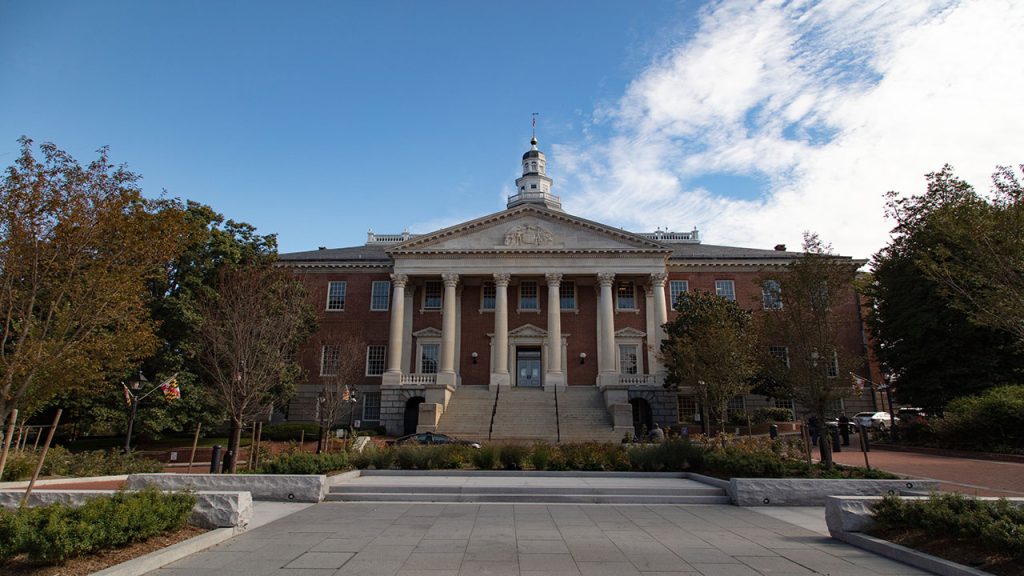
Building Pathways for Bilingual Teachers: Ideas From 3 States
For years, state and local education leaders have known of a shortage of certified bilingual educators who would be qualified to teach in dual language immersion schools.
It’s why researchers at The Century Foundation, a progressive think tank, recently published a report exploring sustainable pathways from across the country for helping more individuals get their certification to become bilingual teachers.
Leaders in Texas, California, and Georgia spoke with Education Week about strategies that worked for them as they sought to grow a bilingual teacher workforce; what else could help; and the best advice they could offer others looking to embark on similar journeys.
Here are their insights.
Supporting paraprofessionals’ career growth in Texas
Texas has 20 education service centers— also known as ESCs— that work as liaisons between the Texas Education Agency and school districts.
The Region 8 ESC covers 46 school districts in Texas’ northeast corner, 10 of which offer bilingual education programs.
As a means to ensure there will always be bilingual educators ready to work in the region, the ESC focused on helping paraprofessionals advance in their careers.
“The reason we focus on paraprofessionals is because paraprofessionals are from the community. So they’re invested in the community. A lot of times they have children or relatives in the school system already,” said Leonard Beles, director of state and federal programs for the Region 8 ESC.
When surveying paraprofessionals in the region’s districts, however, Beles and his team found that money and time were the two major obstacles in the way of paraprofessionals becoming certified teachers. It’s a finding teacher candidates in other states have expressed as well, according to research.
They also lacked guidance in navigating higher education as the first in their families to even consider going to college.
That’s why for the second year now, the Region 8 ESC has run a program providing mentorship and support for paraprofessionals willing to get their credentials. The program includes pairing paraprofessionals with mentors; pairing districts with local colleges and universities to help paraprofessionals apply for flexible online certification programs; suggesting to district superintendents that they allow paraprofessionals to use time during their workday to study or complete homework; and motivating these same superintendents to consider hiring them once they graduate.
There are currently 17 paraprofessionals working on their certifications this fall with support from the ESC.
Ideally, Beles said, certification programs overall would rethink their minimum requirements to avoid shutting prospective bilingual educators out of pursuing a teaching career. That includes rethinking how working hours as a paraprofessional could count toward certification. He also hopes for more state or federal grant funding that could cover costs associated with certification, including tuition, books, and cost of living stipends.
The long-term goal for Region 8 in Texas is to build a loop in districts through which paraprofessionals become teachers, long-term substitutes become teachers’ aides, and local community members are recruited as long-term substitutes, Beles said.
His advice for states and districts with similar goals is to think outside the box when considering who should be a bilingual educator and to invest financially in these individuals.
“We have clerks, we have janitors, we have other people in the school systems that are familiar with the setting,” Beles said. “We’re not tapping into those knowledge sources that we have.”
Creating flexible credentialing pathways in California
Butte County in northern California has an English learner population of about 7 percent. Recognizing a pronounced need for more bilingual educators in the area, its local office of education began a program in 2017 aimed at expanding pathways for teacher credentialing.
Local leaders realized early on that those seeking these pathways ranged from individuals with bachelor’s degrees to classified employees in schools who had years of working with children but were older and had too many obligations to be able to drop everything and take a year off from work to get teaching credentials, said Holly Harding, an English learner specialist in the Butte County office of education.
Through a state grant, the local office was able to support these classified employees in a variety of ways. Some could opt for an online credentialing program where they could keep their job in the classroom and do their student teaching in their own community. Others who wanted a more traditional, in-person approach at one of the various California State universities could opt for that as well. Either way, the state grant would aid these future teachers.
“We became as flexible as we could, in order to meet the needs of our students,” Harding said.
In the first year of this programming support, there were 30 candidates. This past semester there were about 300 going through the online program alone.
The Butte County office of education now has its own grant funding specific to the county, which leaders plan to use to help cover cost-of-living expenses for bilingual teacher candidates.
As the program continues to grow, Harding said more funding through grants or scholarships would not only mean more candidates but also the ability to hire more advisers who are teachers who went through the county program themselves. More funding would also mean better recruitment practices such as investing in marketing to make sure more individuals are aware of such support.
Harding advises districts to look within their own communities for potential future teachers, and that flexibility in programming is crucial.
“Sometimes we are asking folks to fit into a program that already exists. And that’s where we’re wrong,” she said.
Getting high school students interested in teaching in Georgia
Back in 2014, the Gwinnett County public school district opened three dual language immersion elementary schools, two Spanish and one French, meant to serve all students, including the district’s then-growing English learner population.
As of next year, the district will boast 11 dual language immersion elementary schools feeding students into multiple middle and high schools—and staffed with homegrown talent.
“We are a school system that made the decision that we weren’t going to rely on international visas,” said Jon Valentine, the district’s director of world languages and dual language immersion.
To achieve a sustainable pipeline of staff for the district’s growing multilingual goals, the strategy has been two-fold: actively recruit from the increasingly diverse local community, and motivate multilingual students in high school to pursue a teaching career and return to the district as a multilingual teacher, said Virin Vedder, a coordinator of dual language immersion and world languages in the district.
The district offers students in their junior and senior years career and technical education opportunities to start getting course credit for a career in teaching through local university partnerships and offers field trips observing the district’s own dual language immersion classrooms, which not all of these students got to experience. In turn, local universities also look to the district’s dual language immersion elementary schools for students’ practicum placements, Vedder said.
Valentine hopes that there could be a liaison office between the district and local universities where students can get more up-to-date information on all the intricacies involved in finding the most efficient, fastest, and cheapest way to become a bilingual teacher, especially as many multilingual students interested are often also the first in their families to go to college.
This also means that deep relationships between district and higher education institutions are crucial, Valentine added.
As other districts seek to build out similar strategies, he advised making sure that dual language immersion programs, while especially beneficial for English learners, are a priority for all students.
“That’s where you’re going to get the support that you need from the board, because board members, their job is to represent their constituents,” Valentine said. “Make sure that dual language immersion touches every constituent and everybody can see the benefit.”
Dig Deeper With Our Longreads
Newsletter Sign up to get our best longform features, investigations, and thought-provoking essays, in your inbox every Sunday.
The MEN was founded by John Huber in the fall of 2020. It was founded to provide a platform for expert opinion and commentary on current issues that directly or indirectly affect education. All opinions are valued and accepted providing they are expressed in a professional manner. The Maryland Education Network consists of Blogs, Videos, and other interaction among the K-12 community.
Recent Video
Recent Articles
No results found.





